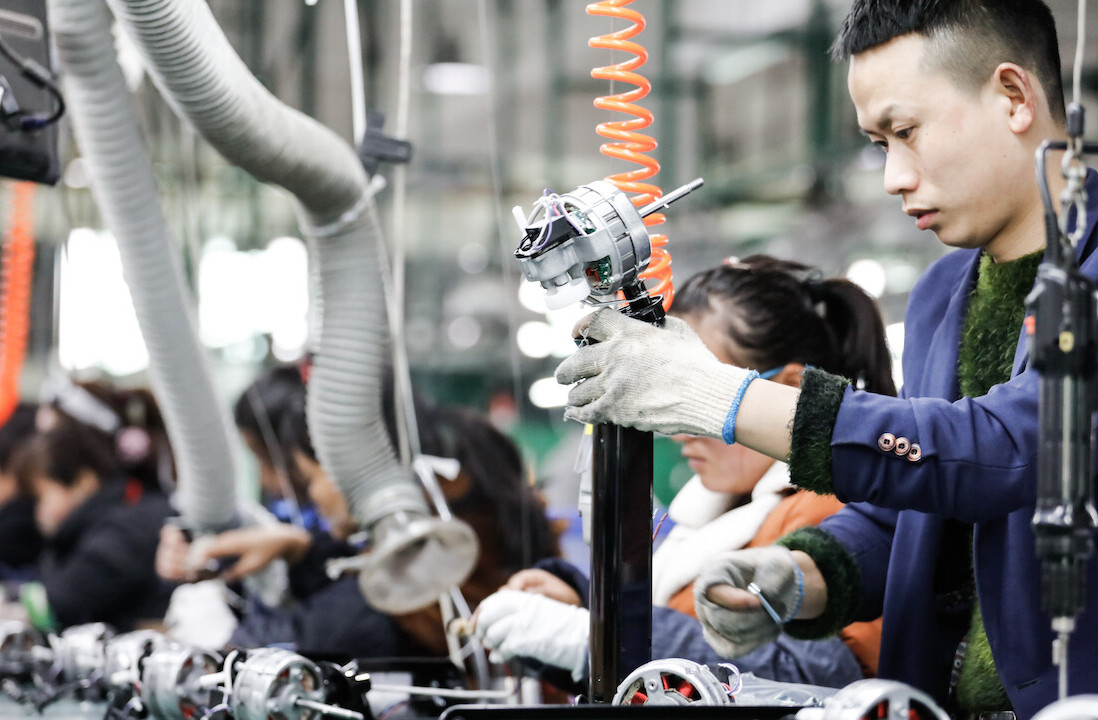
Mitchell Harper is the co-founder and co-CEO of Bigcommerce. He tweets at @mitchellharper.
In order to be successful as a first-time entrepreneur, it’s important to understand that as your business grows, what got you to where you are won’t necessarily keep moving you forward.
In his excellent book The Hard Things About Hard Things, Ben Horowitz explains why it’s important to be almost short-sighted when hiring people into your business. Instead of wondering whether new hires will be able to grow with your business over the next few years, he suggests only looking at the next 18 months, because by then you’ll be a completely different business and your needs will have changed.
Most fast-growing startups (growing at least 100 percent year-on-year) go through three distinct phases over their lifetime and knowing which phase you’re currently in will help you be prepared as you transition to the next phase.
Let’s look at each phase in a bit of detail.
Phase 1 – Validation
Key focus: product-market fit
Key milestone: initial paying customers
Key people: founders
Typical revenue: $1M or less
Typical size: 5 people or less
Example companies: Buffer, Secret, Shyp
In this phase you have a small team consisting of a few founders and maybe a few extra people, whether that be software engineers, support people, etc. During this phase you’re not generating much (if any) revenue and you may or may not have proven product-market fit.
Your one and only focus is on building an amazing product and getting the word out by any means possible. Your team all sit together and instead of meetings you just walk up to someone and speak to them.
Your goal at this point is launching your product if you haven’t already. If you have, your goal might involve getting your first 1,000 free users or 100 paying users. You’re not thinking too much about becoming a big business, raising capital or going on a hiring spree. You just want to build something that’s validated by a market of people who’ll appreciate your effort.
Phase 2 – Revenue
Key focus: sales funnel
Key milestone: conversion rate & culture (internal NPS)
Key people: leadership team (founders & management team)
Typical revenue: $1M-$10M
Typical size: 5-100 people
Example companies: Pebble, Medium, Hipmunk
You’ve proven product market fit and are confident there’s a huge T.A.M. (Total Addressable Market) of customers who will willingly pay for your product. During phase 2, most startups focus on really understanding their funnel metrics which include traffic, leads, conversion rate and retention rate (by number of customers and by revenue) because getting these metrics to acceptable levels means the business is ready for phase 3.
Optimization of the sales process, which includes website (especially checkout and free trial if applicable) and possibly a small sales team, are critical. Improving your visitor to trial conversion rate by just a few percent can have a huge impact on your revenue, so getting an intimate understanding of conversion rate optimization and split testing during phase 2 should be a top priority.
Also critical to a phase 2 startup is building a team of capable leaders around the founders and thinking about the role each founder will play as the business starts to scale. It’s important to think about the strengths and weaknesses of each founder.
Just because you’re a founder, doesn’t mean you need to be CEO, for example. If you’re an amazing engineer then there’s nothing wrong with hiring a capable CEO to help you craft an overall strategy for the business.
During phase 2, it’s critical to be very selective during the hiring process as this is where bad hiring can damage the culture and future potential of your business. For Bigcommerce, Eddie and I interviewed every one of our first 100 employees together. It was hard, but we knew it would help us build a foundational team that aligned with our values.
By now you may have also raised a series A round of financing to help with the increasing costs of building the business. If you’re going for growth, profitability may be a few years out, so being able to cover salaries and others costs while you grow becomes important.
As a rule of thumb, phase 2 startups should aim to have at least 18 months of runway (cash in the bank to cover expenses) after raising a round of financing.
Phase 3 – Scale
Key focus: market share
Key milestone: revenue
Key people: executive team
Typical revenue: $10M-$100M+
Typical size: 100-1,000 people
Example companies: Uber, Dropbox, Spotify
Now that you understand (and have optimized) your key business metrics and have built a capable executive team with a few dozen (or a few hundred) employees, it’s time to double down on the business and focus on scale – scaling your people, scaling your technology, scaling your marketing and scaling your customer acquisition.
If you hit or exceeded the financial forecast you created when you raised your initial round of financing then you’ll probably raise more money – somewhere in the $10-$50M range over one or two rounds so you can spend aggressively on customer acquisition and talent.
Most phase 3 companies have mature organisational structures by now including a full executive team of 5 to 20 people, as well as multiple offices depending on where they do business.
The key focus may start to shift from revenue growth to profitability as many phase 3 companies start contemplating an exit, especially those that have raised venture capital. An exit could be going public or being acquired by a larger player interested in your space.
An important consideration for phase 3 companies is speed and politics inside the business. Founders and executives should lead by example with core values that reflect an organisation free of politics, bias and favouritism.
Speed in all areas of the business should also be rewarded and recognised regularly. It’s important that employees in a phase 3 company understand that regardless of how well your business is doing, you’re never done, so a cultural bias towards ambition and a drive to win are important.
Get the TNW newsletter
Get the most important tech news in your inbox each week.




